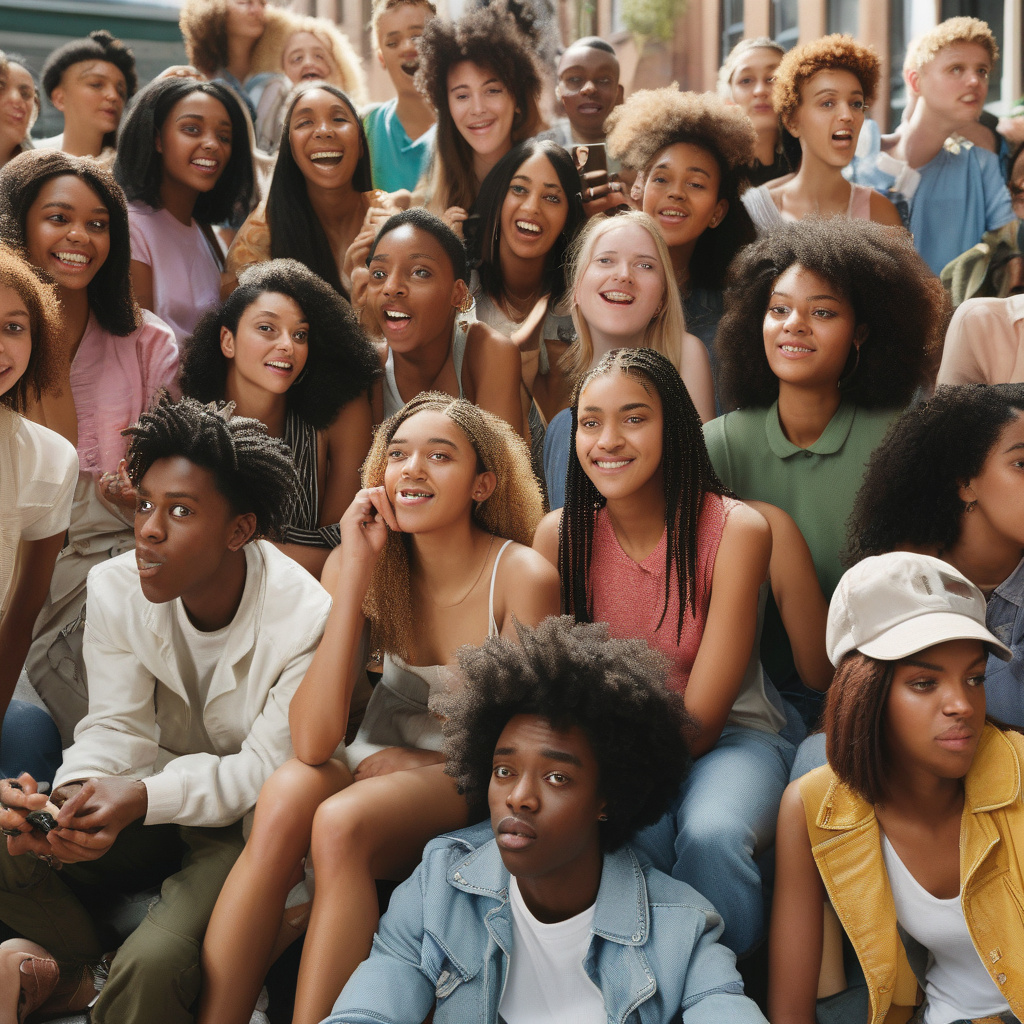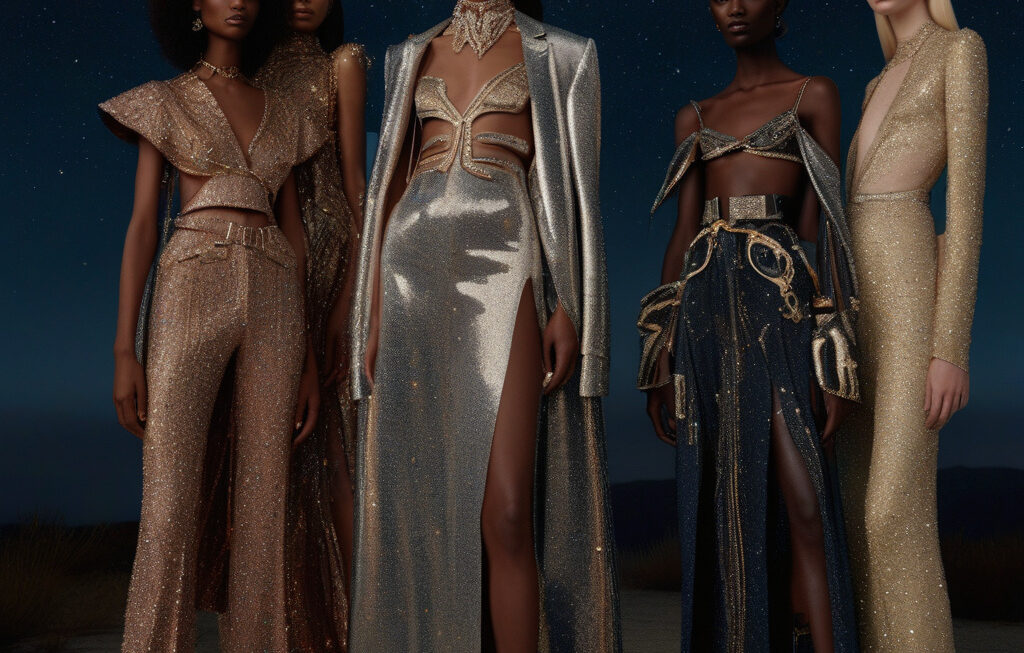The Debrief | Are Viral Microtrends Losing Their Cool?
In the fast-paced world of fashion and retail, trends come and go at an unprecedented rate. From the infamous ‘Tomato Girl’ to the concept of ‘Quiet Luxury,’ viral microtrends have long held the spotlight, influencing consumer behavior and shaping industry strategies. However, as we navigate through a digital age where Gen-Z consumers dominate the market, it seems that these fleeting fads may be losing their allure. The question arises: are viral microtrends losing their cool?
Microtrends, by nature, are short-lived phenomena that gain rapid popularity through social media channels. They often emerge from street style, influencer culture, or even TikTok videos, captivating the attention of the masses for a brief moment in time. Retailers have capitalized on these microtrends, quickly churning out affordable versions of the latest craze to meet consumer demand. However, the tide appears to be turning as Gen-Z consumers, known for their discerning tastes and desire for authenticity, are seeking more than just momentary fashion fixes.
One of the key reasons behind the shift away from viral microtrends is the growing emphasis on sustainability and ethical consumption among younger consumers. Gen-Z individuals are more inclined to invest in timeless pieces that have longevity and align with their values. The idea of purchasing clothing or accessories that will only be relevant for a short period goes against their commitment to reducing waste and supporting brands that prioritize ethical practices.
Moreover, the era of fast fashion, fueled by the rise of viral microtrends, is increasingly being called into question for its detrimental impact on the environment and labor practices. As Gen-Z consumers become more educated about the fashion industry’s dark side, they are turning towards brands that promote transparency, sustainability, and social responsibility. This shift in mindset is driving a demand for quality over quantity, pushing retailers to rethink their reliance on fleeting trends.
The concept of ‘Quiet Luxury’ exemplifies this growing preference for understated elegance and timeless pieces over flashy, short-lived trends. Instead of chasing after the latest viral sensation, consumers are gravitating towards investment pieces that exude sophistication and can withstand the test of time. Brands that embody the ethos of ‘Quiet Luxury’ prioritize craftsmanship, quality materials, and classic designs that transcend fleeting fads.
As the fashion landscape continues to evolve, it is essential for retailers and brands to adapt to the changing preferences of Gen-Z consumers. While viral microtrends may still have their moment in the spotlight, the overarching shift towards sustainability, authenticity, and longevity signals a broader change in the industry. By embracing these values and focusing on creating meaningful, lasting styles, fashion brands can resonate with the next generation of consumers and stay relevant in an ever-changing market.
In conclusion, while viral microtrends have played a significant role in shaping the fashion industry and retail strategies, their dominance may be waning as Gen-Z consumers prioritize substance over superficiality. The rise of sustainability, ethical consumption, and ‘Quiet Luxury’ underscores a fundamental shift towards more meaningful and lasting styles. As brands navigate this new landscape, the key to success lies in understanding and adapting to the evolving values of the modern consumer.
#FashionTrends, #GenZConsumers, #SustainabilityShift, #QuietLuxury, #RetailRevolution












